Cause of death Heart attack Years of service 1941–54 Occupation Actor, Naval officer Name Douglas Jr. | Years active 1916–1997 Role Actor | |
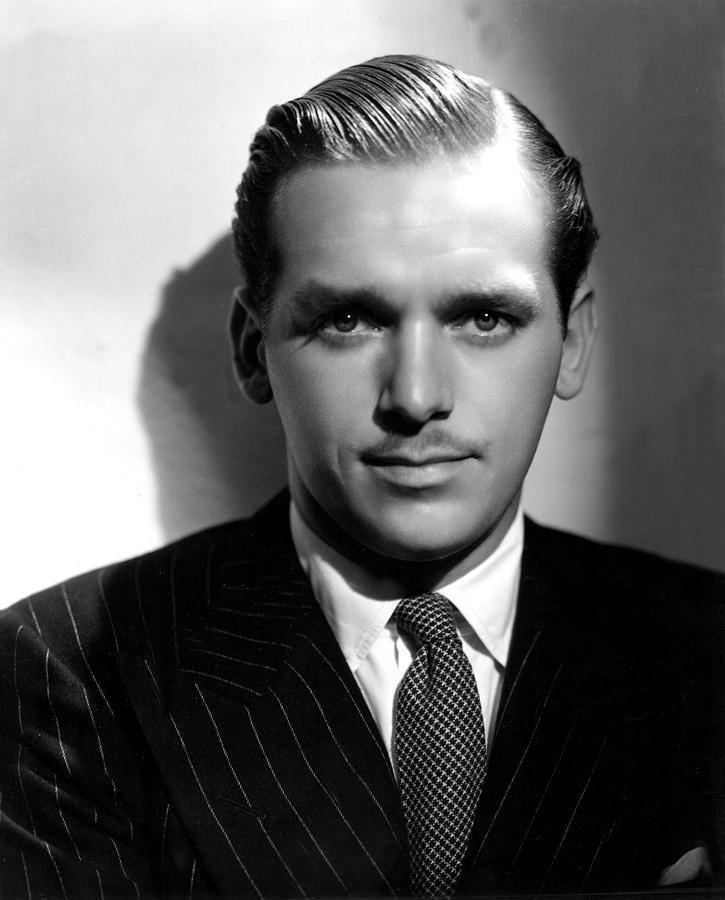 | ||
Full Name Douglas Elton Fairbanks, Jr. Born December 9, 1909 ( 1909-12-09 ) New York City, New York, U.S. Allegiance United States of America Died May 7, 2000, New York City, New York, United States Parents Anna Beth Sully, Douglas Fairbanks Children Melissa Fairbanks, Victoria Fairbanks, Daphne Fairbanks Movies Sinbad the Sailor, Gunga Din, Little Caesar, The Prisoner of Zenda, The Corsican Brothers Similar People | ||
Douglas fairbanks jr talks about broken bones
Douglas Elton Fairbanks Jr., KBE, DSC, (December 9, 1909 – May 7, 2000) was an American actor and a decorated naval officer of World War II.
Contents
- Douglas fairbanks jr talks about broken bones
- Interview with douglas fairbanks jr for the great depression
- Early life
- Film career
- Warner Bros
- Britain
- Return to Hollywood
- World War II
- Hollywood
- Return to Britain
- Later career
- Personal life
- Death and legacy
- Estate
- American military awards
- International awards
- Filmography
- References

Interview with douglas fairbanks jr for the great depression
Early life
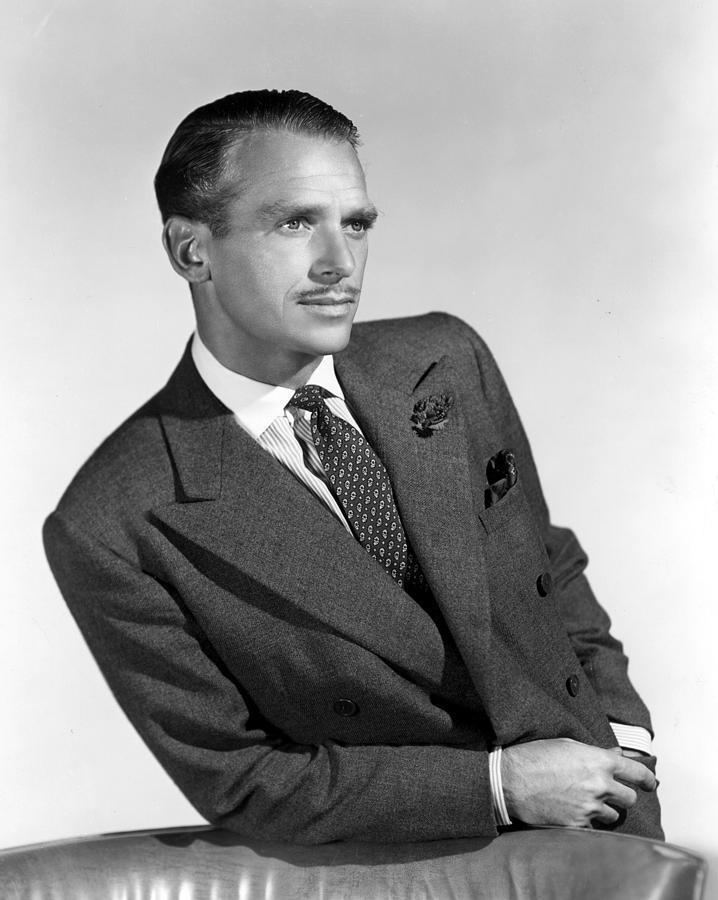
Douglas Fairbanks Jr. was born in New York City, the only child of actor Douglas Fairbanks and his first wife, Anna Beth Sully. His parents divorced when he was nine years old, and both remarried. He lived with his mother in New York, California, Paris and London.
Film career
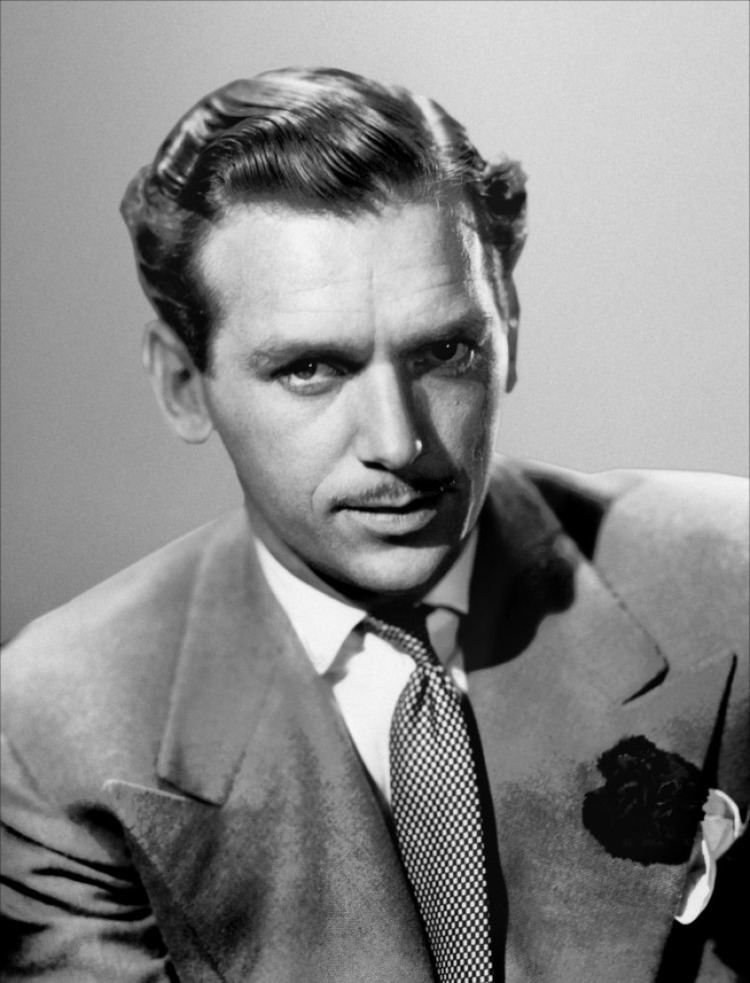
Fairbanks's father was one of cinema's first icons, noted for such swashbuckling adventure films as The Mark of Zorro, Robin Hood and The Thief of Bagdad.
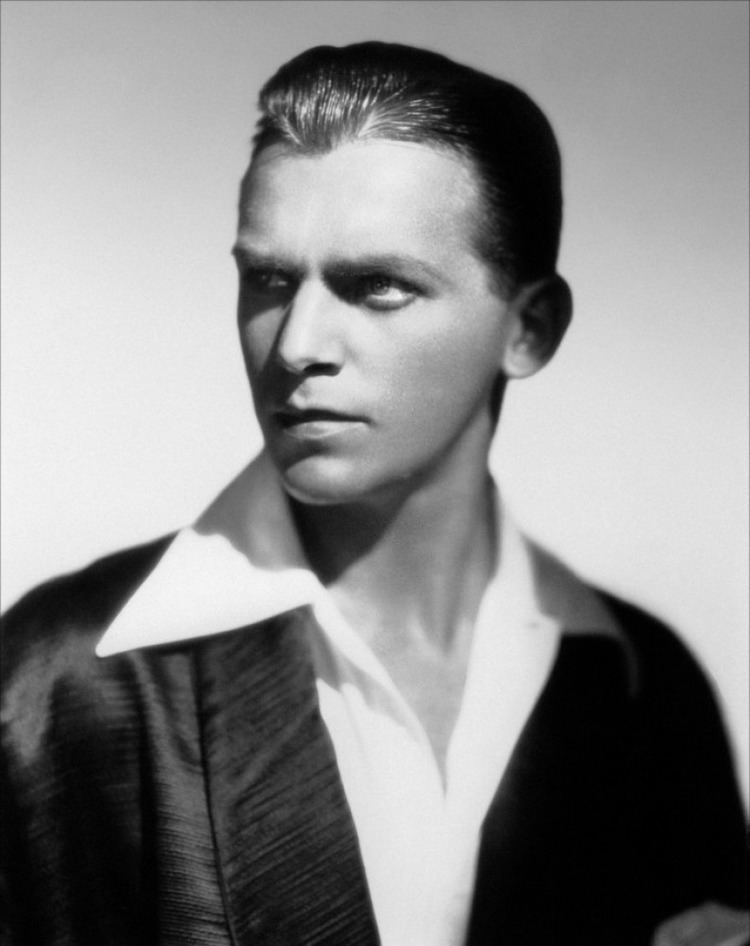
Largely on the basis of his father's name, Fairbanks Jr. was given a contract with Paramount Pictures at age 14, appearing in Stephen Steps Out.
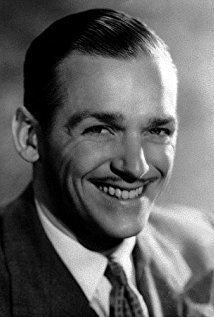
He initially played mainly supporting roles in a range of films featuring many of the leading female players of the day: Belle Bennett in Stella Dallas (1925), Esther Ralston in An American Venus (1926) and Pauline Starke in Women Love Diamonds (1927).
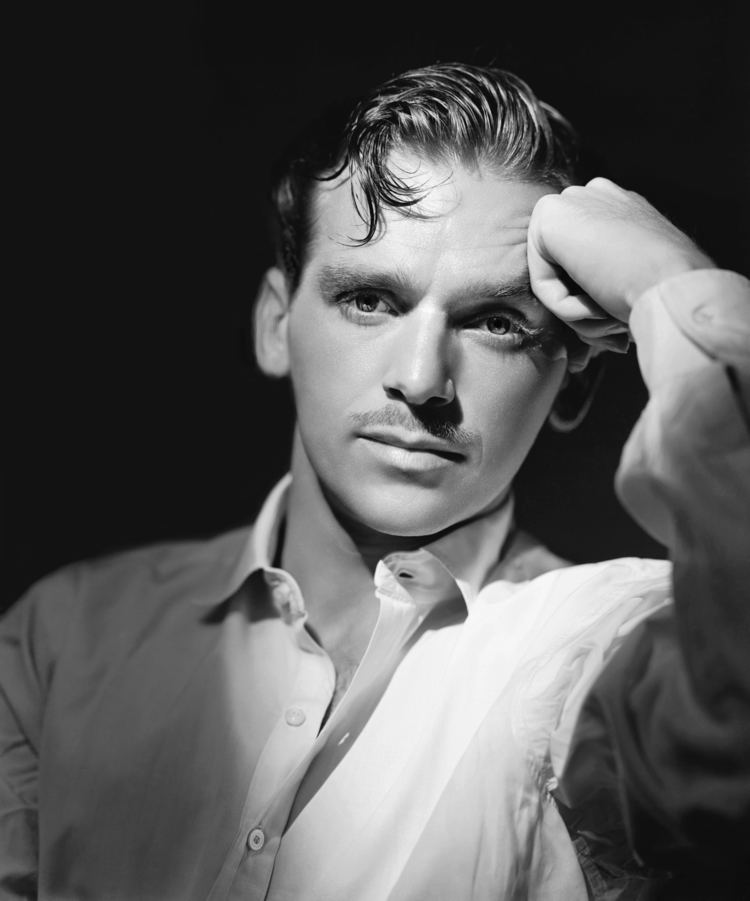
In the last years of the silent period, he was elevated to star billing opposite Loretta Young in several pre-Code films. He appeared in Our Modern Maidens (1929), which led to a well-publicized romance and marriage to his co-star, Joan Crawford. He also appeared with John Gilbert and Greta Garbo in A Woman of Affairs (1928), which gave his career a considerable boost.
Warner Bros
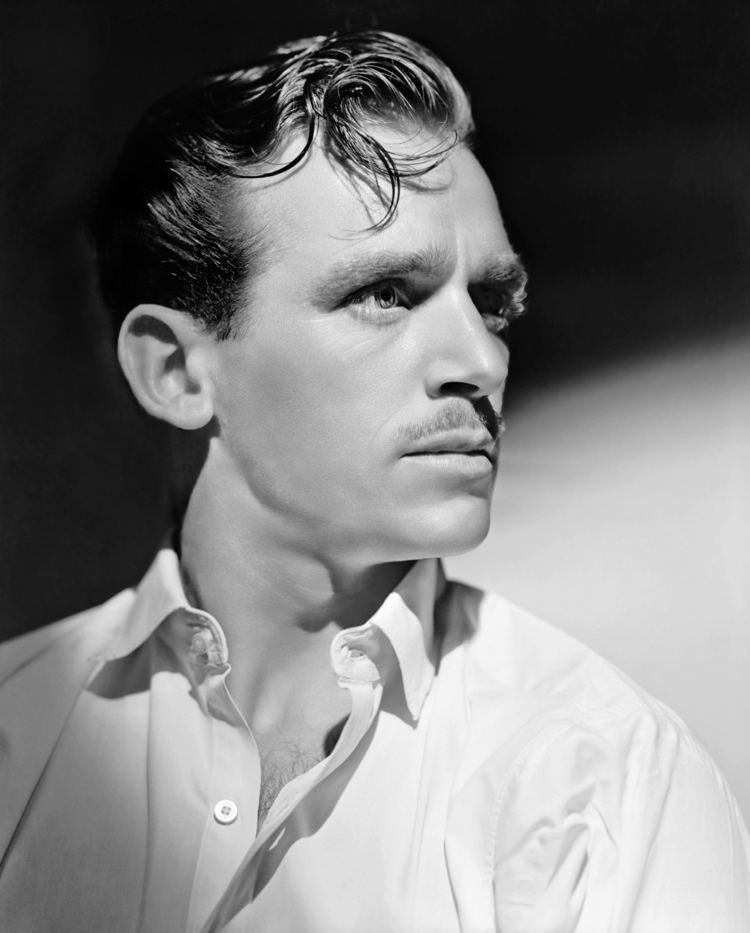
In 1930, Fairbanks Jr. went to Warner Bros. to test for the second lead in Moby Dick. Although he didn't get the part, head of production Darryl F. Zanuck was impressed with Douglas's screen test, and cast him in an important role in The Dawn Patrol. He supported Leslie Howard in Outward Bound (1930) and Edward G. Robinson in Little Caesar (1931). The latter was a hit, and Warners offered Fairbanks Jr. a contract with cast and script approval - a condition which, Fairbanks Jr. says, was only offered to one other actor at the studio, Richard Barthemless.
He made Chances, which was a hit, and Union Depot. Because he spoke French he was put in L'athlet incomplet, which screened only in France.
During this period of his career, Fairbanks Jr. specialised in supporting female stars such as Bette Davis, Loretta Young, Ann Dvorak, and Mary Brian. His most notable credit was Morning Glory with Katharine Hepburn.
In 1934, Warners asked all his stars to take a 50 percent pay cut because of the Depression. Fairbanks Jr. refused and quit the studio. He received a job offer from Britain and would spend the next few years there.
Britain
Fairbanks Jr. was in The Rise of Catherine the Great. He intended to return to Hollywood to appear in Design for Living but fell ill on the way and Gary Cooper took his part. Back in Britain he made Success at Any Price and Mimi. The latter starred Gertrude Lawrence, who became romantically involved with Fairbanks Jr.
Return to Hollywood
Fairbanks Jr. returned to Hollywood when David O. Selznick offered him the role of Rupert of Hentzau in The Prisoner of Zenda (1937). He made a series of comedies supporting female stars, then had his biggest ever hit with Gunga Din (1939).
Fairbanks Jr. began to work increasingly in action/adventure films: The Sun Never Sets, Rulers of the Sea, Green Hell, Safari. He had a change of pace when he starred in and co produced Angels Over Broadway. His last film before enlisting was The Corsican Brothers (1941).
Although celebrated as an actor, Fairbanks was commissioned a reserve officer in the United States Navy when the United States entered World War II and was assigned to Lord Mountbatten's Commando staff in the United Kingdom.
World War II
In 1941, President Franklin D. Roosevelt appointed him special envoy to South America. Fairbanks served on the cruiser Wichita during the disastrous Convoy PQ17 operation.
Having witnessed (and participated in) British training and cross-Channel harassment operations emphasizing the military art of deception, Fairbanks attained a depth of understanding and appreciation of military deception then unheard of in the United States Navy. Lieutenant Fairbanks was subsequently transferred to Virginia Beach where he came under the command of Admiral H. Kent Hewitt, who was preparing U.S. naval forces for the invasion of North Africa.
Fairbanks convinced Hewitt of the advantages of a military deception unit, then repeated the proposal at Hewett's behest to Admiral Ernest King, Chief of Naval Operations. King thereupon issued a secret letter on March 5, 1943 charging the Vice Chief of Naval Operations with the recruitment of 180 officers and 300 enlisted men for the Beach Jumper program.
The Beach Jumpers' mission would simulate amphibious landings with a very limited force. Operating dozens of kilometers from the actual landing beaches and utilizing their deception equipment, the Beach Jumpers would lure the enemy into believing that theirs was the principal landing.
United States Navy Beach Jumpers saw their initial action in Operation Husky, the invasion of Sicily. Throughout the remainder of the war, the Beach Jumpers conducted their hazardous, shallow-water operations throughout the Mediterranean.
For his planning the diversion-deception operations and his part in the amphibious assault on Southern France, Lieutenant Commander Fairbanks was awarded the United States Navy's Legion of Merit with bronze V (for valor), the Italian War Cross for Military Valor, the French Légion d'honneur and the Croix de guerre with Palm, and the British Distinguished Service Cross. Fairbanks was also awarded the Silver Star for valor displayed while serving on PT boats and in 1942 made an Officer the National Order of the Southern Cross, conferred by the Brazilian government. Among his other exploits was the sinking of the corvette UJ-6083 (formerly the Regia Marina Gabbiano-class Capriolo) while in command of a mixed division of American PT Boats and British Insect-class gunboats plus assorted other small craft. Fairbanks commanded from HMS Aphis.
Fairbanks stayed in the US Naval Reserve after the war and ultimately retired as a Captain in 1954.
Hollywood
Fairbanks returned to Hollywood at the conclusion of World War II. He spent two years finding a comeback vehicle and picked Sinbad the Sailor, which was not a big hit. He thought his career would be revived by That Lady in Ermine with Betty Grable but director Ernst Lubitsh died during production and was replaced by Otto Preminger; the resulting film was not a success and Fairbanks Jr believes this cost his career momentum.
Return to Britain
As a confirmed Anglophile, he spent a considerable amount of his time in the United Kingdom, where he was well known in the highest social circles. He was made an Honorary Knight Commander of the Order of the British Empire (KBE) in 1949.
He appeared in several British films, State Secret and Mr Drake's Duck. Between 1954 and 1956 he also made a number of half-hour programs at one of the smaller Elstree film studios as part of a syndicated anthology series for television called Douglas Fairbanks Presents.
In the middle 1950s, Fairbanks was a guest star on NBC's The Martha Raye Show. On February 7, 1957, he appeared on NBC's The Ford Show starring Tennessee Ernie Ford.
He co produced the film Chase a Crooked Shadow.
In 1961, he was a guest at the wedding of Katharine Worsley to Prince Edward, Duke of Kent.
Later career
On stage, Fairbanks toured in My Fair Lady in 1968, and in The Pleasure of His Company several times, including tours in the U.S. in 1970–72 and the 1977 Australian production with Stanley Holloway.
He appeared in some TV movies and TV series, including The Love Boat. His last feature film was Ghost Story (1981).
He was the subject of This Is Your Life in 1989 when he was surprised by Michael Aspel.
Personal life
His first notable relationship was with the actress Joan Crawford, whom he began to date seriously during the filming of Our Modern Maidens. Fairbanks and Crawford married on June 3, 1929 at St. Malachy in New York City. Fairbanks was only 19; Crawford was four years older.
They travelled to Britain on a delayed honeymoon, where he was entertained by Noël Coward, Gertrude Lawrence, Beatrice Lillie, and Prince George, Duke of Kent. He became active in both society and politics, but Crawford was far more interested in her career and had an affair with Clark Gable. The couple divorced in 1933.
Despite their divorce, Fairbanks was quick to defend Crawford when her adopted daughter Christina Crawford published Mommie Dearest, a scathing biography of Crawford's personal life. He firmly stated, "The Joan Crawford that I've heard about in Mommie Dearest is not the Joan Crawford I knew back then."
On April 22, 1939, Fairbanks married Mary Lee Hartford (née Mary Lee Epling), a former wife of Huntington Hartford, the A&P supermarket heir. He remained devoted to her until her death in 1988. They had three daughters: Daphne, Victoria and Melissa, as well as eight grandchildren and ten great-grandchildren.
The College of Arms in London granted Fairbanks a coat of arms symbolizing the U.S. and Britain united across the blue Atlantic Ocean by a silken knot of friendship.
In 1982, Fairbanks was awarded the German Federal Cross of Merit for his contribution to the relief of the needy in occupied Germany.
It has been claimed that Douglas Fairbanks Jr. was one of the naked men in the incriminating photos used as evidence in the divorce trial of Margaret Campbell, Duchess of Argyll in 1963. Fairbanks was a friend of Laurence Olivier and was among the contributors to a documentary by The South Bank Show called Laurence Olivier: A Life. He was also a close friend of Sir Rex Harrison and was a presenter at Harrison's New York City memorial service.
He wrote his autobiography, Salad Days, in 1988. In addition, Fairbanks wrote a chronicle of his experiences during the Second World War, A Hell of a War published in 1993. Beyond his two volumes of autobiography, Fairbanks collaborated with Richard Schickel on the illustrated survey of Fairbanks Sr. and Jr. called The Fairbanks Album (1975) and Jeffrey Vance with a critical study/biography of Fairbanks Sr. ultimately published as Douglas Fairbanks (2008).
On May 30, 1991, Fairbanks married Vera Lee Shelton, a merchandiser for QVC Network Inc.
Death and legacy
On the morning of May 7, 2000, Fairbanks died at the age of 90 of a heart attack and was interred at the Hollywood Forever Cemetery in Hollywood, California, in the same tomb as his father.
Fairbanks has three stars on the Hollywood Walk of Fame: one for motion pictures at 6318 Hollywood Boulevard, one for television at 6665 Hollywood Boulevard and one for radio at 6710 Hollywood Boulevard. In 1969 he was inducted into the Hall of Fame of the International Best Dressed List.
The moving image collection of Douglas Fairbanks Jr. is held at the Academy Film Archive and includes over 90 reels of home movies.
Estate
Fairbanks's personal belongings were auctioned September 13, 2011 by Doyle New York, surpassing estimated proceeds by netting over a half-million dollars.
